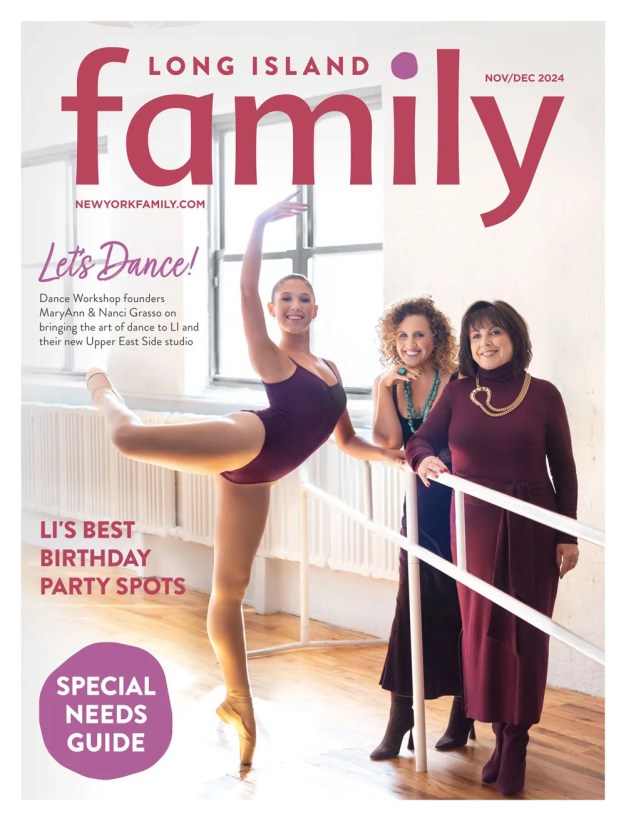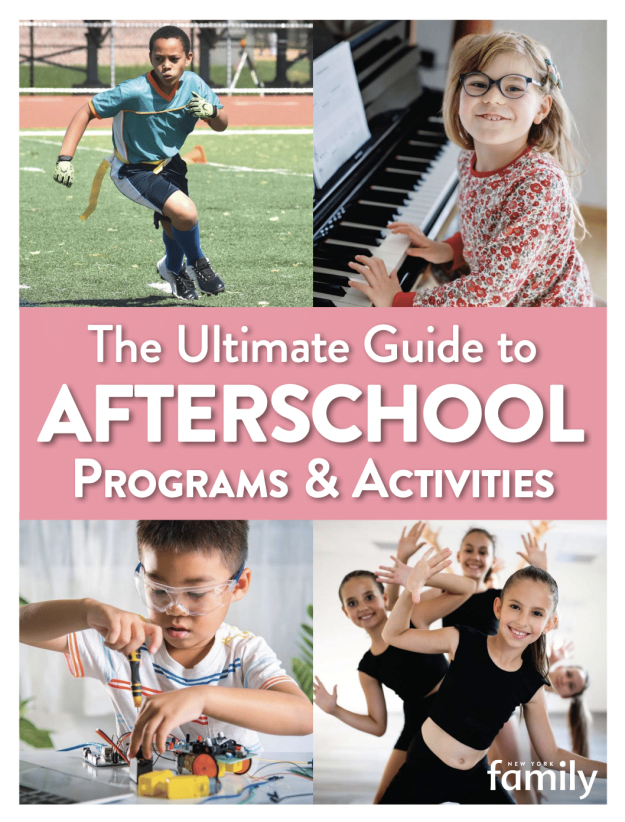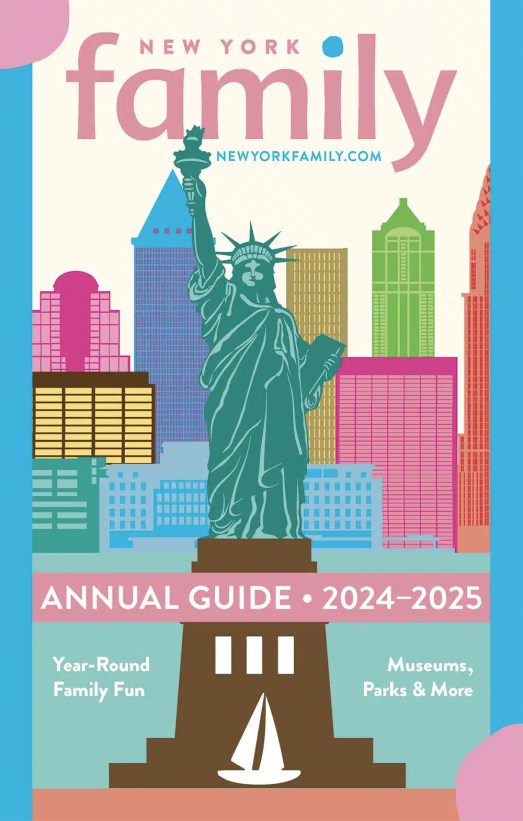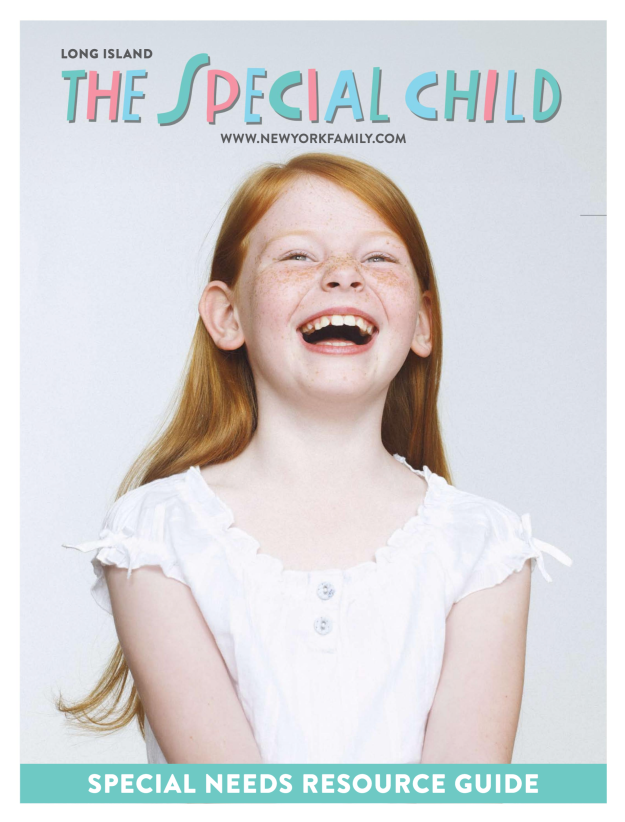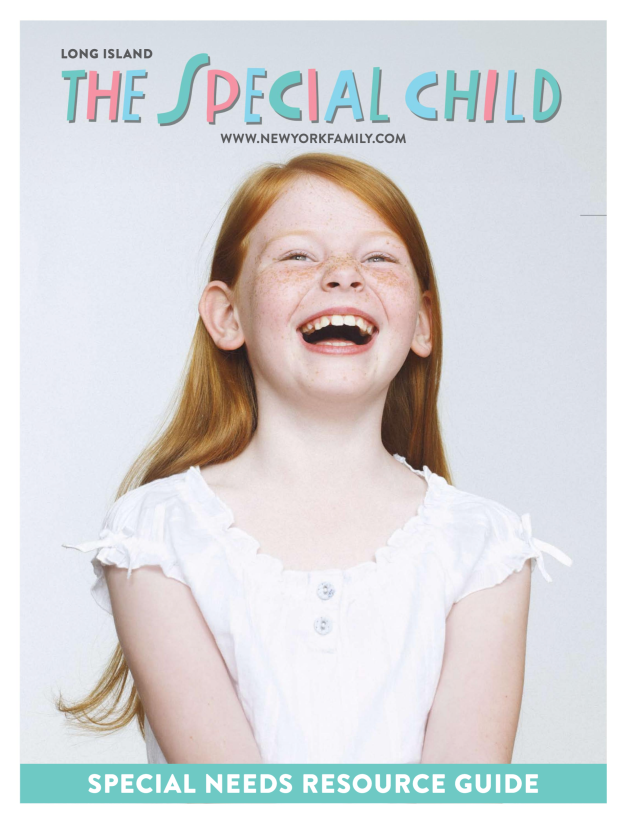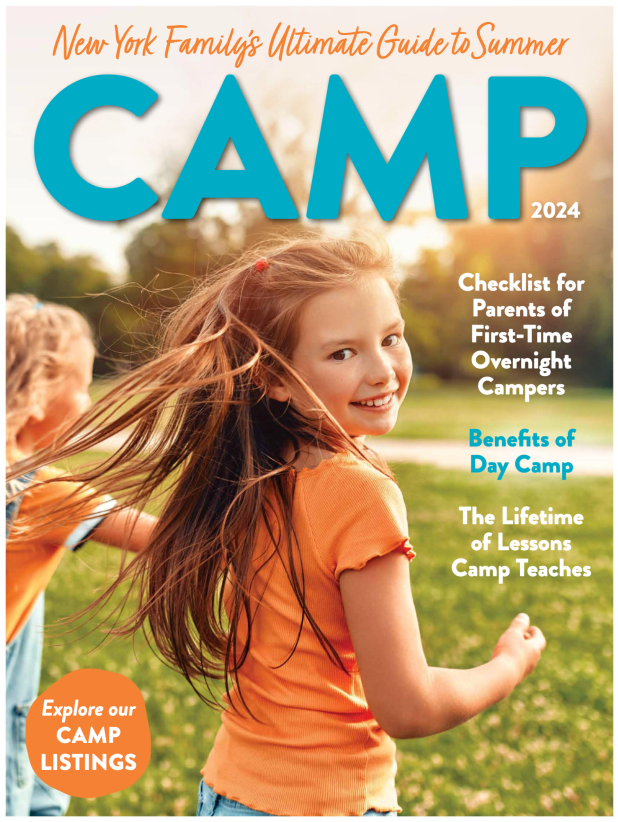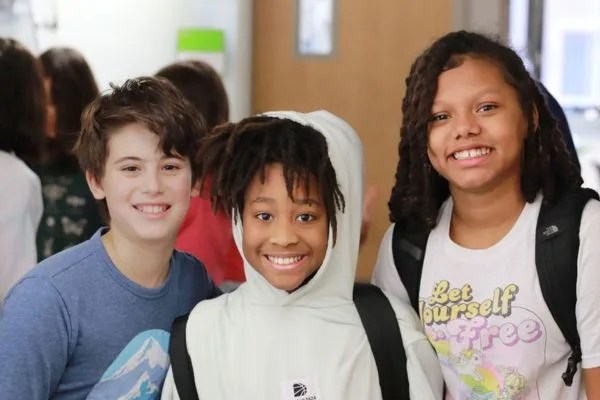Sesame Workshop is still helping all children grow smarter, stronger, and kinder … and has become an innovative force for change.
Since “Sesame Street” first appeared on TV screens in 1969 and started teaching and reaching out to youngsters everywhere, the pioneering show has been entertaining and educating another generation of curious boys and girls about the world around them.
The newest Muppet on the street to join the funny, friendly, and familiar stars — Big Bird, Abby Cadabby, Oscar the Grouch, and, of course, Elmo, Bert, and Ernie is a sweet, curious, and mostly happy 4-year-old (except for a meltdown here and there). She has orange hair, wide, expressive green eyes, and she wears a purple dress.
Her name is Julia, and she has autism. The groundbreaking character debuted during a special episode called “Meet Julia” on April 10, on HBO and PBS KIDS.
Over the decades, “Sesame Street” has embraced diversity in its many forms.
And with one in 68 American children currently diagnosed with autism, and nearly every family affected in some way, it isn’t surprising that Sesame Workshop decided to start a conversation — through Julia — about this disorder, and to shed light on its challenges, while lessening the stigma surrounding it.
The TV show recently debuted Julia as part of its exciting initiative “Sesame Street and Autism: See Amazing in All Children,” which was designed to make that conversation happen. In fact, families of children with autism have asked the show to address this issue for years.
In creating “See Amazing,” Sesame Workshop worked for five-plus years in consultation with more than 250 organizations and experts within the autism community to address this increasingly prevalent condition.
“Bringing Julia to life as a ‘Sesame Street’ Muppet is the centerpiece of all of our new materials to support families of children with autism,” said Sherrie Westin, executive vice president of Global Impact and Philanthropy, Sesame Workshop. “The response from the autism community to ‘See Amazing in All Children’ has been extraordinary, and we are committed to continuing our efforts to promote understanding and acceptance of autism, as part of our mission of helping all children grow smarter, stronger, and kinder.”
Fact: Did you know that autism is the fastest growing and most underfunded developmental disorder, according to the National Autism Association? And that boys are four times more likely than girls to be affected?
Fact: Autism does not affect any two people in the same way. And if you don’t have the disorder, you have no idea how tough it is for those who do to get through the day. It’s like an obstacle course.
Julia is a voice for those special kids. Between 25 and 30 percent of autistic children may have some verbal skills between the ages of 1 and 1-and-a-half, but eventually lose them; some may eventually speak later in childhood. And an estimated 40 percent of children with autism are nonverbal.
When kids watch episodes that feature the sweet Muppet, they will be finding out that lots of children have autism, like some of their friends or schoolmates. Hopefully, this exposure will lead to a better understanding of what certain behaviors associated with this disorder mean.
Besides having fun with her Muppet pals on the show, Julia also interacts with humans. They ask her questions about what she is feeling. These teaching moments are intended to help kids deal with what they may be experiencing in everyday life. For example, someone may ask Julia to explain why she sometimes gets upset and has meltdowns. Maybe it’s because she has autism? It turns out that like other kids who have autism, she has heightened sensitivity to noise, so when she hears loud music, people yelling, or sirens, she may get overwhelmed.
Behind the scenes
On a recent “60 Minutes,” CBS News correspondent Lesley Stahl visited the set of “Sesame Street” while it was filming Julia’s very first episode, and she shared her unique experience with viewers.
Cbsne
Stahl also met with the puppeteer who brings Julia to life, actress and puppet-maker Stacey Gordon, who also happens to be the mother of a child with autism.
During her visit, Stahl revealed how today’s Muppets are filmed: “Holding their puppets high over their heads, the puppeteers wheel around on scooters to navigate the scene. Because their puppets are out of their view, the puppeteers can see which way to manipulate them by watching the scene from a monitor near the floor.”
In addition, the website reports, “The ‘Sesame Street’ team worked closely with autism organizations, educators, and families to decide how best to portray a child with autism, including how to explain autism at a pre-school level.”
Julia is a wonderful introduction for kids and families to understand and embrace diversity.
“Children with special needs and individual differences are often bullied or misunderstood by their peers. Having a character like Julia on ‘Sesame Street’ will not only help children learn the importance of diversity, but also truly embrace the meaning of it, at a young and critical age,” said Queens-based school and clinical psychologist Dr. Kristina Wong Thies, who specializes in pediatric neuropsychology and learning disabilities.
Dr. Thies also agreed that the addition of this special new character gives educators and parents an opening to discuss individual differences and empathize with others who are different from us. Most of all, kids learn how to be compassionate adults.
“Many children with autism often lack the awareness of social norms, and watching Julia could serve as a model for learning social skills,” said Dr. Thies, who also pointed out that Julia could help parents — whether or not they have a child with special needs — further understand autism and other individual challenges.”
The ‘Julia phenomenon’
Interestingly, this “phenomenon” has been analyzed by experts like Dr. Dennis Garland, a professor at Niagara University in upstate New York, who specializes in early childhood education and teaching children with emotional and behavioral disorders and learning disabilities.
Dr. Garland believes the arrival of Julia on “Sesame Street” demonstrates that the show’s creators have a keen understanding of their audience, children and parents who either have an autistic child and/or are aware that their children are interacting with children on the spectrum.
“Julia, no doubt, will help children and their families develop a greater empathy of what it means for someone to have autism and provide a voice for those who do,” he said.
Dr. Garland also pointed out, “It’s important to distinguish that those of us without autism, i.e. neurotypical, are often the ones who struggle as much as or perhaps even more than children and adolescents who are on the spectrum.”
Surprising, isn’t it?
The busy professor took the time to respond to questions about the new Muppet.
Tammy Scileppi: Why is it meaningful that a “Sesame Street” character with autism has been added to the show?
Dr. Garland: The presence of Julia is an acknowledgement of the diverse society in which kids are growing.
Kids on the spectrum and with other differences have intellectual and social currency, but like all of us, have unique ways of expressing it. The sooner children learn about biological and sociocultural diversity of others, the earlier they will have opportunities to derive the understanding of the similarities we all share. I think that’s one of the hallmark messages that “Sesame Street” has consistently and successfully delivered over time.
TS: Do you think the Julia concept will become a trend?
DG: I hope that the concept of honestly reflecting the makeup of our diverse society catches on. It’s critical for human progress on so many levels.
TS: What was it like working as a teacher of developmentally challenged, learning-disabled children?
DG: This is dating me a bit, but for many of my students, I was like Gabe Kotter from (the 1970s sitcom) “Welcome Back, Kotter.” Many of my students were stigmatized socially — not only among their peers, but among other teachers who were reluctant to have them in their classrooms. I was successful, because I took the time to get to know my students and to earn their trust. Rapport with my students had to happen before learning could take place. Without it, I couldn’t know how to engage them in learning.
TS: How about sharing a memorable experience from that time.
DG: There are so many stories that I hope to eventually compile into a book, but one that sticks is of one boy (I’ll call him Andrew) who was on the autism spectrum. On the first day of school, he arrived with his adoptive parents with a book that they created called “What Makes Me Tick.” There was even a photo of him on the cover holding a clock! Together, they prepared a thoughtful guide of Andrew’s characteristics, and how we could use them to foster his success in school. It was extremely helpful for me and his other teachers, and really put him at the forefront of our attention. If more parents and students (of all ability levels) took the same approach, I’ve no doubt that it would lead to enhanced success in the classroom.
TS: Any suggestions for families dealing with autism and its challenges?
DG: I think that keeping apprised of scientific and educational progress is critical to gaining a greater understanding and for a bright outlook.
TS: Any other tips for parents, caretakers, and teachers?
DG: Advocate, educate, and be compassionate to yourselves and your children!
• • •
While helping children and families with the everyday challenges autism can present — through fun, engaging, (and free!) videos, books, and digital content in both English and Spanish — “Sesame Street” also reaches out to the public at large, promoting understanding and acceptance around autism spectrum disorder.
Please visit sesam
Tammy Scileppi is a Queens-based freelance writer and journalist, parent, and regular contributor to New York Parenting. Interviewing hundreds of New York City’s movers and shakers has been an amazing adventure for her.
Meet Julia
Get a peek at the new Muppet:
https://www.youtube.com/watch?v=M8QQRtA0hVA
https://www.youtube.com/watch?v=wCsVSHT3tpY
https://www.youtube.com/watch?v=RA9FIWK8OUY
https://www.youtube.com/watch?v=bNzEyDfTrYA





